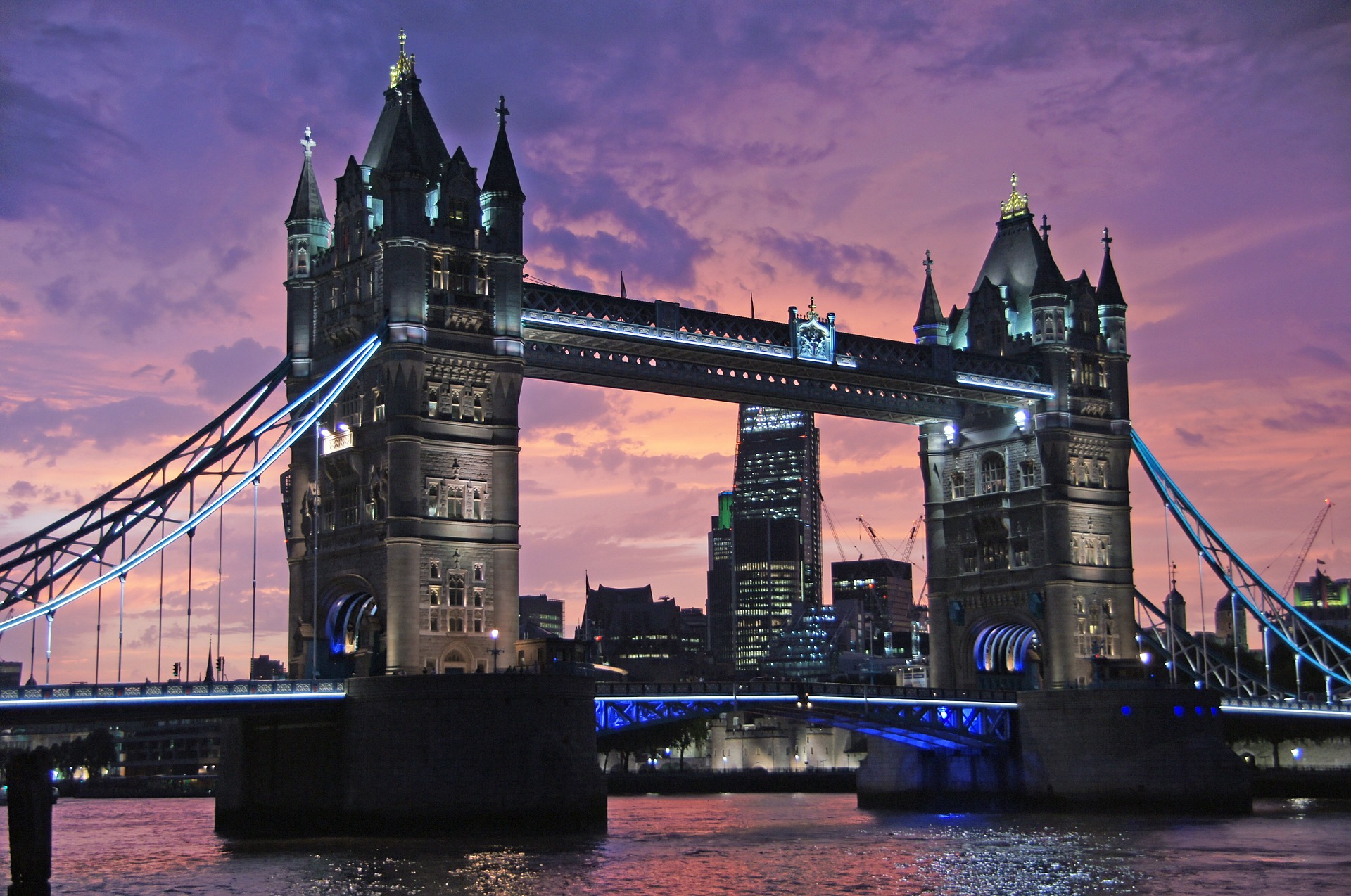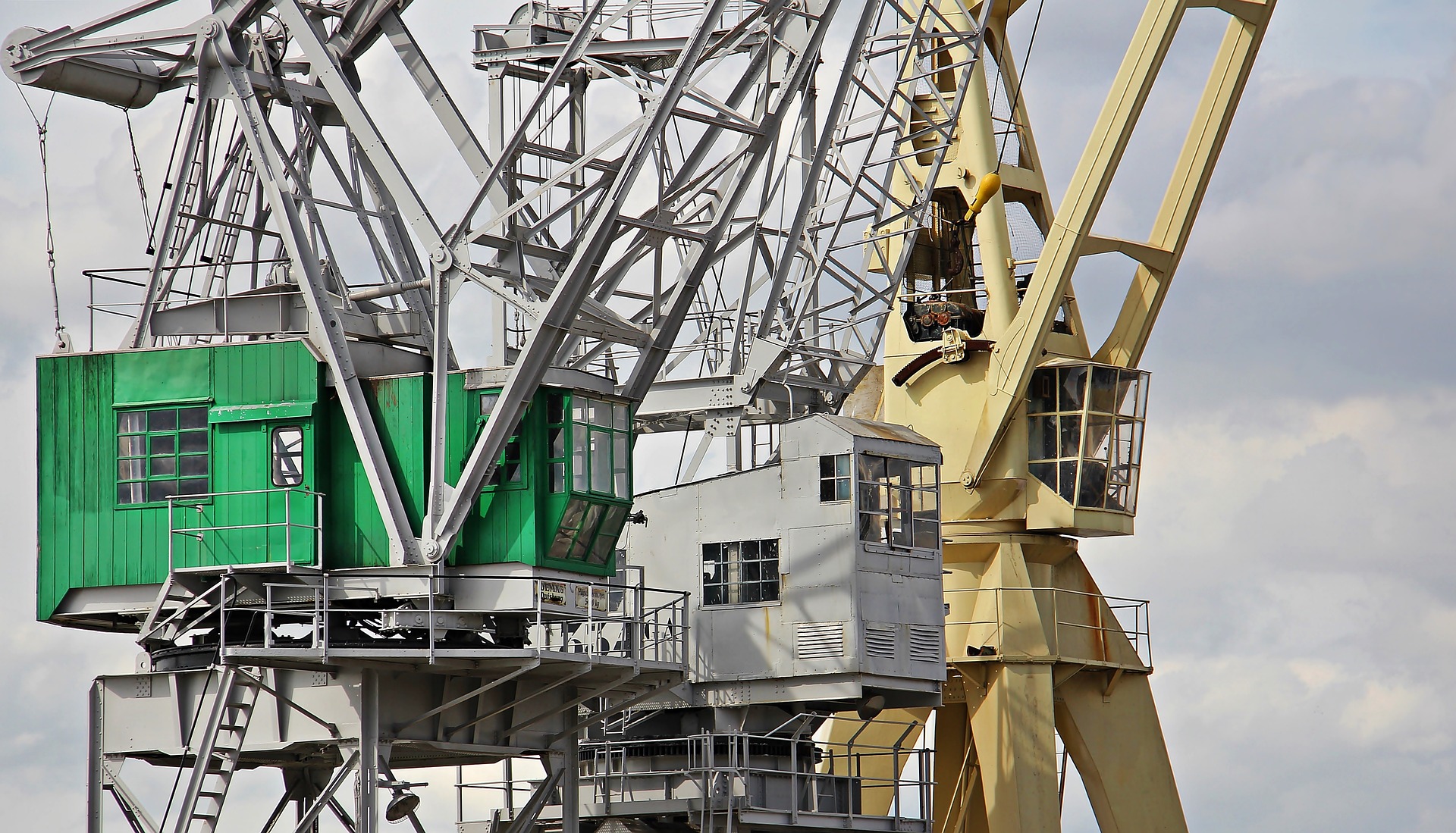Dec 02, 2014
This post is part of our Re-imagining Cities discussion series, following the third edition of the NewCities Summit in Dallas in June 2014. Thinking of urban data as a resource is useful if it aligns public and private interests around the idea that data is important. Nonetheless, the panelists warned that data should not be…
Dec 01, 2014
Currently Europe’s largest inner-city development project, HafenCity is located in the heart of the maritime city of Hamburg, Germany’s second largest city, on the northern flank of the river Elbe. The project replaces an outdated industrial harbor in a central city location, and transforms an underused area into a walkable and bikeable mixed use ‘knowledge-economy’…
Nov 28, 2014
This post is part of our Re-imagining Cities discussion series, following the third edition of the NewCities Summit in Dallas in June 2014. The focus of this panel was on analyzing how to bring together the arts community to create cultural districts that are vibrant and engaging for citizens. Manal Ataya showcased the investments the…
Nov 27, 2014
Gujarat International Finance Tec-City (GIFT) is being designed as a global financial and IT services hub. Located in Gujarat, a prosperous state in far western India, between the state capital of Gandhinagar and the commercial hub of Ahmedabad, GIFT seeks to feed off the economic drivers of each city. Some of the key ambitions for…
Nov 25, 2014
This post is part of our Re-imagining Cities discussion series, following the third edition of the NewCities Summit in Dallas in June 2014. Nithya Raman began and claimed that the New Urban Citizen is the same as the Old Urban Citizen, but with access to new tools. In response to how the government is helping…
Nov 24, 2014
The speed at and extent to which the world is urbanizing is unprecedented, with over half the world’s population currently living in cities. By 2050 this will have risen to two-thirds. In China, 300 million people will move to cities in the next 15 years and the equivalent of the built infrastructure of the entire…
Nov 21, 2014
This post is part of our Re-imagining Cities discussion series, following the third edition of the NewCities Summit in Dallas in June 2014. Financing transformation in the 21st century of cities required creative financial engineering and private/public partnerships. Key topics addressed during this session included the potential solutions, the need for infrastructure investments across the…
Nov 20, 2014
New cities are not a new phenomenon. Pre-classical Asian cities that secured trade routes, colonial cities of the Americas, Garden Cities of the fast industrializing early 20th century, newly fledged capital cities built on dreams of modernity such as Brasilia – these are all historic examples. However, new cities today are facing some of the…
Nov 19, 2014
London is at the cutting-edge of traffic signals management, successfully developing smart technology to deliver both safety and traffic benefits. The Mayor’s Office and Transport for London (TfL) are now looking to pioneer autonomous vehicle technologies that will better protect the most vulnerable road user groups while delivering wider benefits to the road network. Such…
Nov 13, 2014
“An advanced city is not a place where the poor move about in cars, rather it’s where even the rich use public transportation.” Enrique Penalosa, Mayor of Bogota, 1998-2001 I applied to the Impact King Abdullah Economic City (KAEC) Fellowship because I am extremely interested in the challenges and opportunities of designing and implementing a…
Nov 07, 2014
This post is part of our Re-imagining Cities discussion series, following the third edition of the NewCities Summit in Dallas in June 2014. In this session, Paul Romer made clear why we should regard urbanization as opportunity. If there were a single theme running through Paul Romer’s address, it was to take risks and be…
Nov 04, 2014
This post is part of our Re-imagining Cities discussion series, following the third edition of the NewCities Summit in Dallas in June 2014. One could argue that arts and culture are bound up with the city as their incubator. Yet when a city is looking to transform itself, authorities are often pushed to ask, how…



